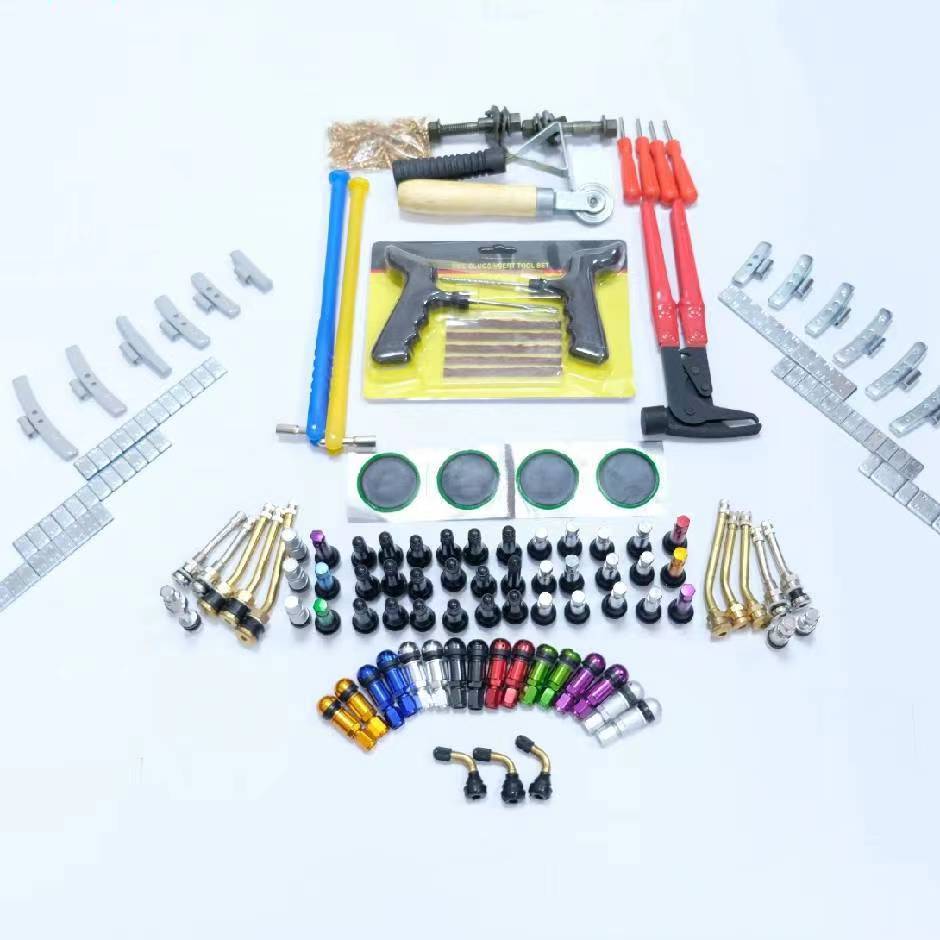Car maintenance and repair
1. Check whether the trademark logo is complete. The quality of the outer packaging of authentic products is very good, the writing on the packaging box is very clear, and the overprinting color is bright.
The packaging box and bag should be marked with product name, specification, quantity, registered trademark, factory name and address, telephone number, etc. Some manufacturers also print their own marks on accessories. Some important components such as generators, distributors, fuel injection pumps, etc. are also equipped with corresponding instruction manuals, certificates of conformity and inspector's stamps to guide users in correct use and maintenance. When purchasing, you should carefully recognize it to prevent buying fake and shoddy products.
2. Check the geometry for deformation.
Some parts are prone to deformation due to improper manufacturing, transportation and storage. When checking, you can roll the shaft parts along the glass plate to see if there is light leakage at the joint between the parts and the glass plate to judge whether it is bent; Hold the piece in front of your eyes to observe whether it is warped; when purchasing an oil seal, the end face of the oil seal with a skeleton should be a perfect circle, and can fit with the flat glass without bending; the outer edge of the oil seal without a skeleton should be straight, and it can be deformed by holding it , should be able to return to the original state after letting go. When purchasing various types of pads, attention should also be paid to checking the geometric size and shape.
3. Check whether the joint is smooth.
During the handling and storage of spare parts, due to vibration and bumping, burrs, indentations, breakage or cracks often occur at the joint parts, which affect the use of parts. Pay attention to inspection when purchasing.
4. Check whether there is any rust on the surface of the parts.
The surface of qualified spare parts has both a certain precision and a bright finish. The more important the spare parts, the higher the precision, and the stricter the packaging anti-rust and anti-corrosion. When purchasing, you should pay attention to inspection. If you find that the parts have rust spots, mildew spots, or rubber parts are cracked and lose elasticity, or there are obvious turning lines on the journal surface, they should be replaced.
5. Check whether the protective surface is intact.
Most parts are factory coated with a protective coating. For example, piston pins and bearing bushes are protected with paraffin wax; piston rings and cylinder liners are coated with anti-rust oil and wrapped in wrapping paper; valves, pistons, etc. are soaked in anti-rust oil and packaged in plastic bags. If you find that the sealing sleeve is damaged, the wrapping paper is lost, the anti-rust oil or paraffin is lost when purchasing, you should return it.
6. Check whether the glued parts are loose.
As for accessories composed of two or more parts, the parts are press-fitted, glued or welded, and no looseness is allowed between them, such as the oil pump plunger and the adjustment arm are combined by press-fitting; The clutch driven wheel and the steel sheet are riveted together, the friction plate and the steel sheet are riveted or glued; the paper filter element skeleton and the filter paper are glued together; the wire ends of the electrical equipment are welded. If it is found to be loose when purchasing, it should be replaced. home car wash
7. Check whether the rotating parts are flexible.
When purchasing an assembly of rotating parts such as an oil pump, turn the pump shaft by hand, and it should feel flexible and free of stagnation; when purchasing rolling bearings, support the inner ring of the bearing with one hand, and turn the outer ring with the other hand. The outer ring should be able to rotate quickly and freely, and then Gradually stop. If the rotating parts do not rotate well, it means that the interior is corroded or deformed, so do not buy it. Home car wash http://www.xideok.com
8. Check whether there are any missing parts in the assembly.
Formal assembly components must be complete and intact to ensure smooth assembly and normal operation. If individual small parts on some assembly components are missing, the assembly components will not work or even be scrapped.
























